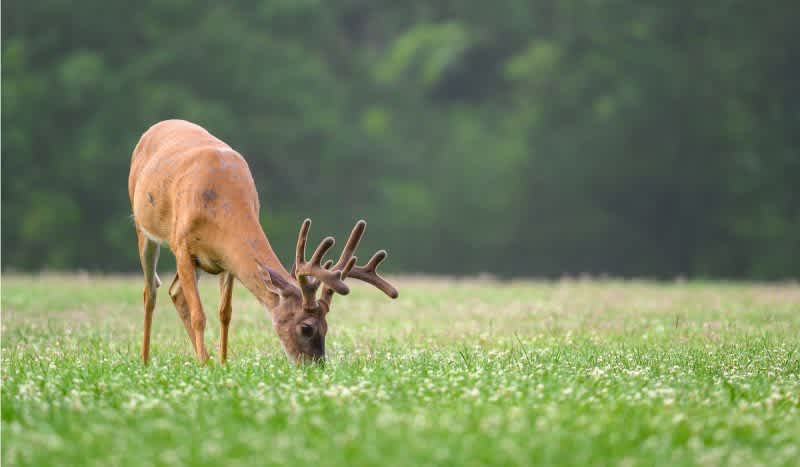Summer Whitetail Scouting & Trail Cam Strategies
OutdoorHub Editor: Keenan Crow 07.06.20

Summer whitetail scouting is important for several obvious reasons. It allows you to observe newborn fawn numbers, and keep track of how many make it through the summer, which is a good way to determine predator impacts and the reproduction potential of the herd you’re keeping tabs on. Another important – and perhaps the most popular – reason to run trail cameras during the summer is to recruit potential shooter bucks for the start of hunting season.
Right now, you can learn so much about the property you’re planning to hunt. With a couple well placed trail cameras, you can see which bucks are frequenting the area and how they’re doing it. This information will be vital once hunting season comes along and the bucks have completely veered from their summer patterns.
So, where should you begin?
I’m probably not the first person to tell you there’s so much more that goes into hanging trail cams than just walking out and slapping a camera on the first tree with tracks around it. Instead, you’ll have to do a little homework, and then you’ll need to get boots on the ground to pinpoint ideal locations to hang your deer cameras. These ‘ideal locations’ are typically found around high-quality food sources, watering holes or travel corridors. You can usually locate these by using satellite images over the land you’re targeting, but you’ll want to get in there and get a lay of the land for yourself, especially given how much the foliage changes between summer and fall.
Next, let’s talk about how you should hang your cameras.
Most hunters – myself included – are guilty of this trail cam no, no; After finding the perfect tree in one of the ideal locations we just talked about, we’ll hunch over and hang the camera well below our eye level.
I don’t know about you, but there’s nothing more annoying than retrieving a bunch of pictures of half a deer because you didn’t have your camera mounted at the proper height.
In order to get the best photos possible – and to prevent deer from noticing they’re getting their picture taken – try to hang your trail cameras a little higher off the ground. Even if you’re not using blackout cameras with “invisible” IR flash, hanging them high in the tree above a deer’s line of sight can really make a difference. (Pro tip: if you notice deer are looking right at the camera when reviewing the photos, there’s a good chance your camera is hung too low.)
Which leads to my next piece of advice..
Once you have your camera tied on and ready to start snapping photos, there’s one last thing you’ll want to do before you vacate the area for the next couple of weeks. To ensure your camera isn’t sticking out to mature deer, it helps to disrupt its profile by arranging other natural objects like logs or branches around and behind the camera so it isn’t “skylined.”
This past weekend, I got out to hang cameras on a piece of property I hunted last season where I saw plenty of bucks and harvested a five-point. The area is predominantly used by smaller bucks, although I did have one single encounter with a larger mature buck last season right at last light. It was the only time I laid eyes on that deer.
I’m hoping to get pictures of that buck this summer, but I know there are other nice bucks in the area too. It’s all just a waiting game now!
Stay tuned, as I plan to retrieve the camera in a couple weeks, and with any luck will have photos of some deer to show you!

